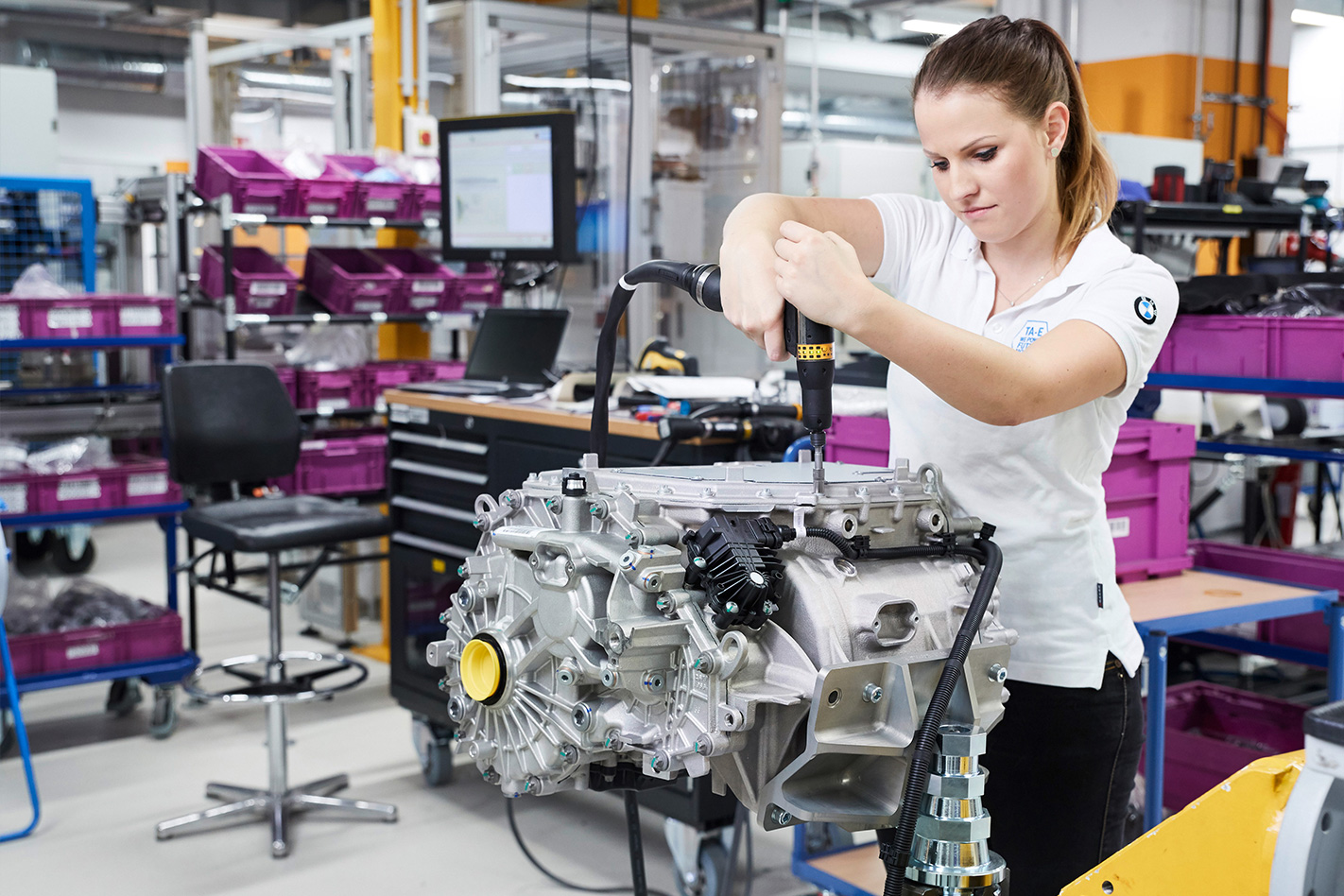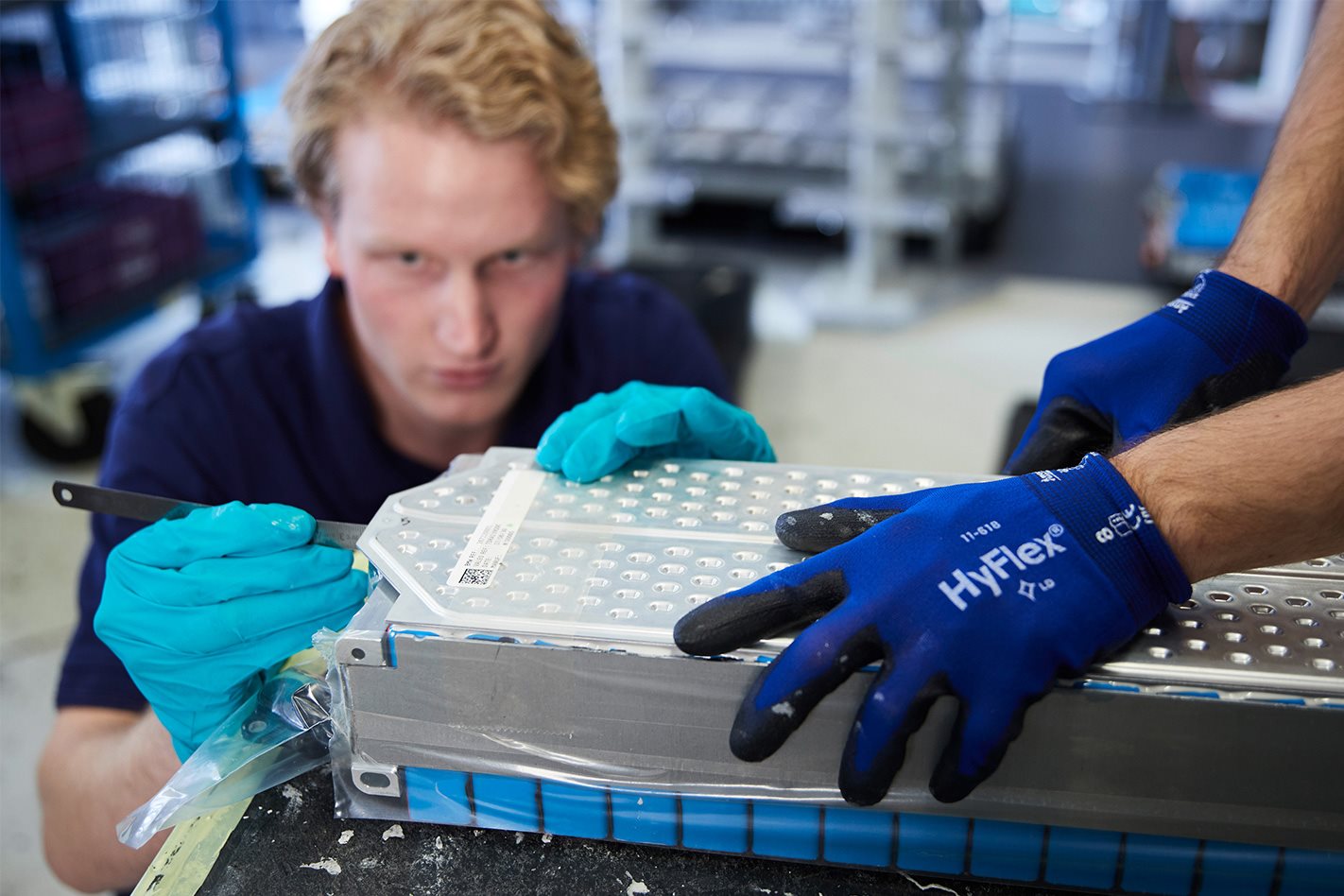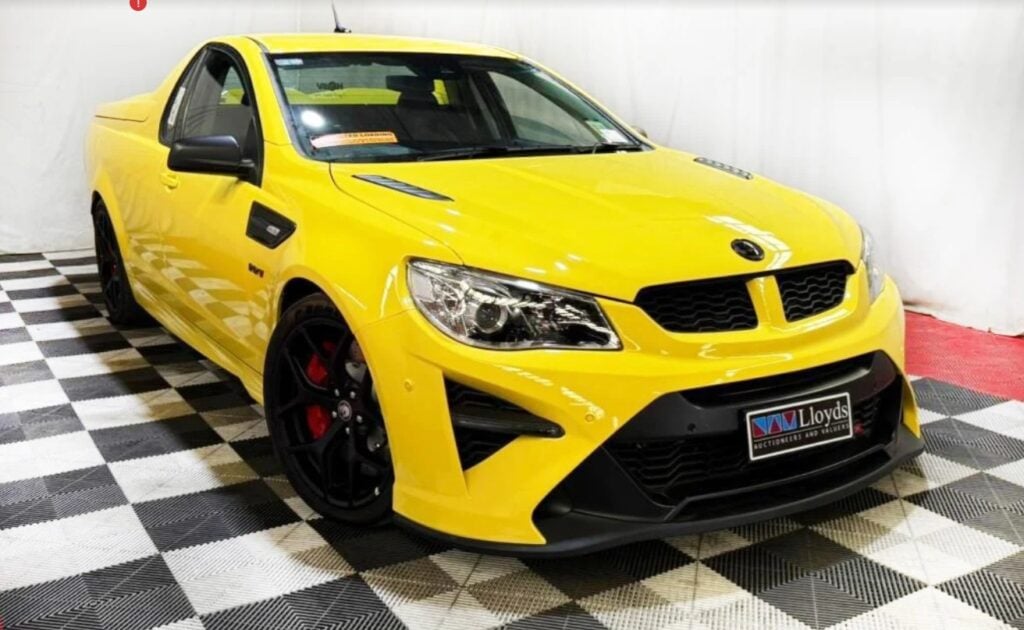TWIN turbos make BMWs fast today, but the company has a plan that will eventually put triple-motor EVs at the very top of its performance car hierarchy.
Sometime by the middle of the next decade, the Munich brand’s most desirable car is likely to be an EV that’s quicker than today’s BMW M5, with a greater driving range than the current Tesla Model S, and which looks like the i Vision Dynamics concept (below) revealed in Frankfurt last year.
“The trend towards e-mobility is irreversible,” according to BMW sales chief Ian Robertson. The experienced exec was speaking recently in Munich at an exclusive workshop to brief media on the company’s latest product strategy.
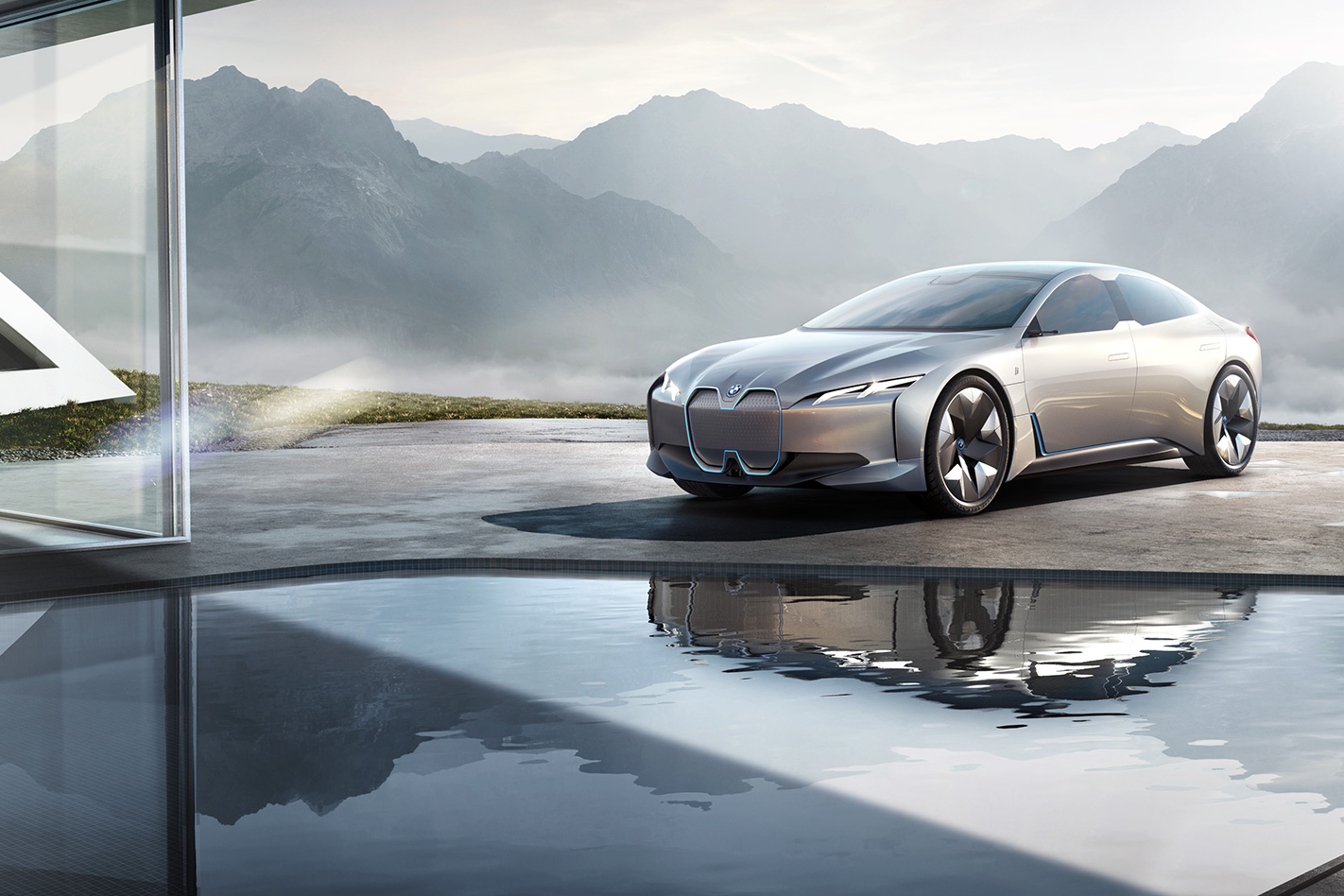
Some have encouraged their citizens to buy EVs, others have moved to make both plain and plug-in hybrids more attractive, and some have done little or nothing. Sales vary accordingly…
For a company like BMW Group, which sells its products all over the world, this makes its business more complex than ever before. “Global markets will continue to demand very different types of drivetrains for a long time to come,” Robertson observed. But BMW has a plan to meet the challenge.
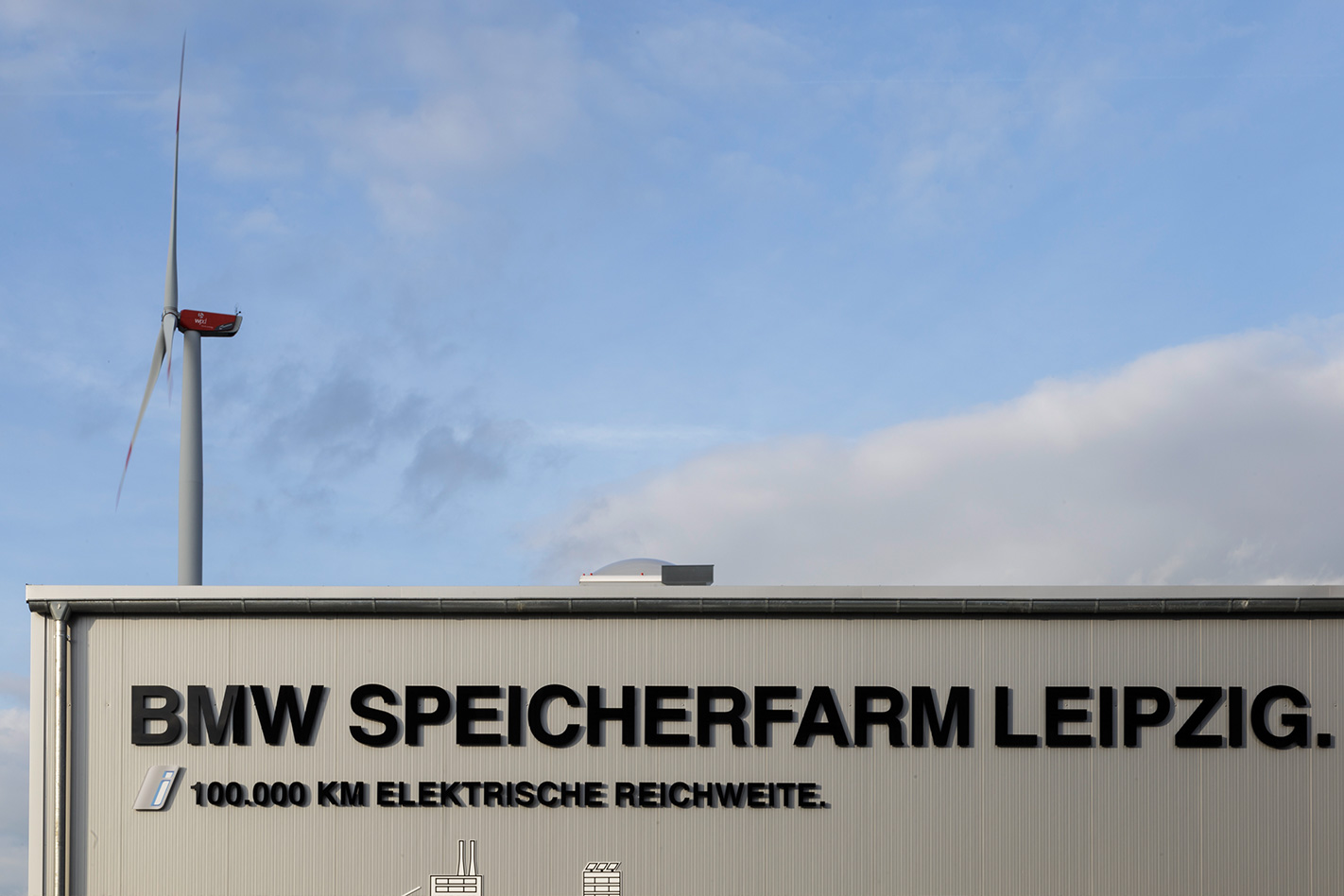
The first car based on one of the new architectures is scheduled for launch in 2021. While BMW execs referred to it during the briefings in Munich as the i Next, it’s likely to be the production version of the i Vision Dynamics concept which some European sources believe will be badged i5.
FAAR is for smaller front-drive and all-wheel-drive models, including Mini. CLAR is for larger rear-drive and all-wheel-drive vehicles, so it will be the basis of future BMW and possibly also Rolls-Royce models.
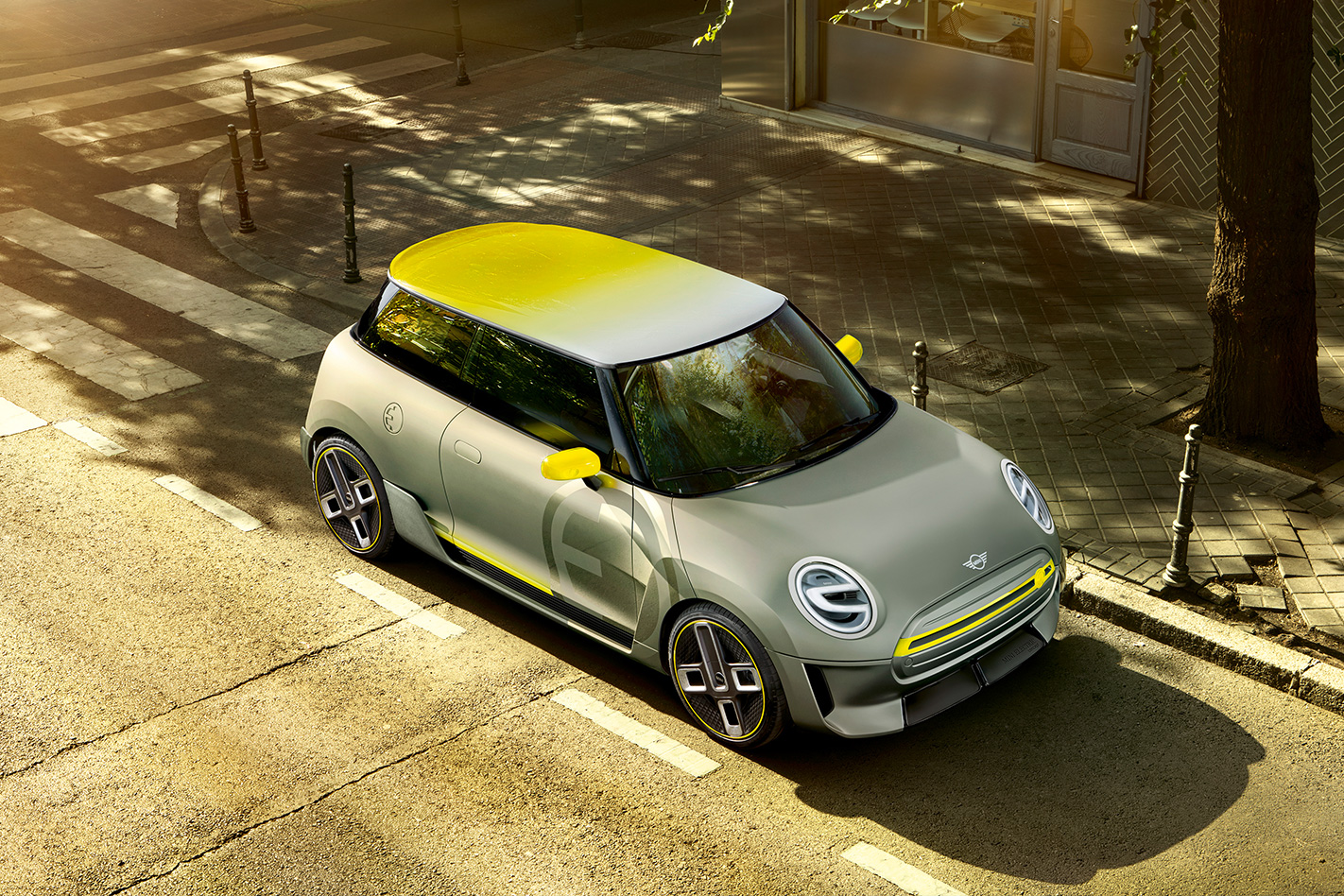
BMW engineers used 3D-printed models, all with an identical removable sedan skins, to demonstrate how it should work in practice. We can’t show them to you, as photography was verboten.
There’s not a lot of difference between the internal combustion engine and plug-in hybrid versions, but the EV uses a completely different centre section to house its underfloor batteries. BMW is developing two sizes of battery cell, one around 80mm thick for use in cars, another around 140mm thick for SUVs and crossovers.
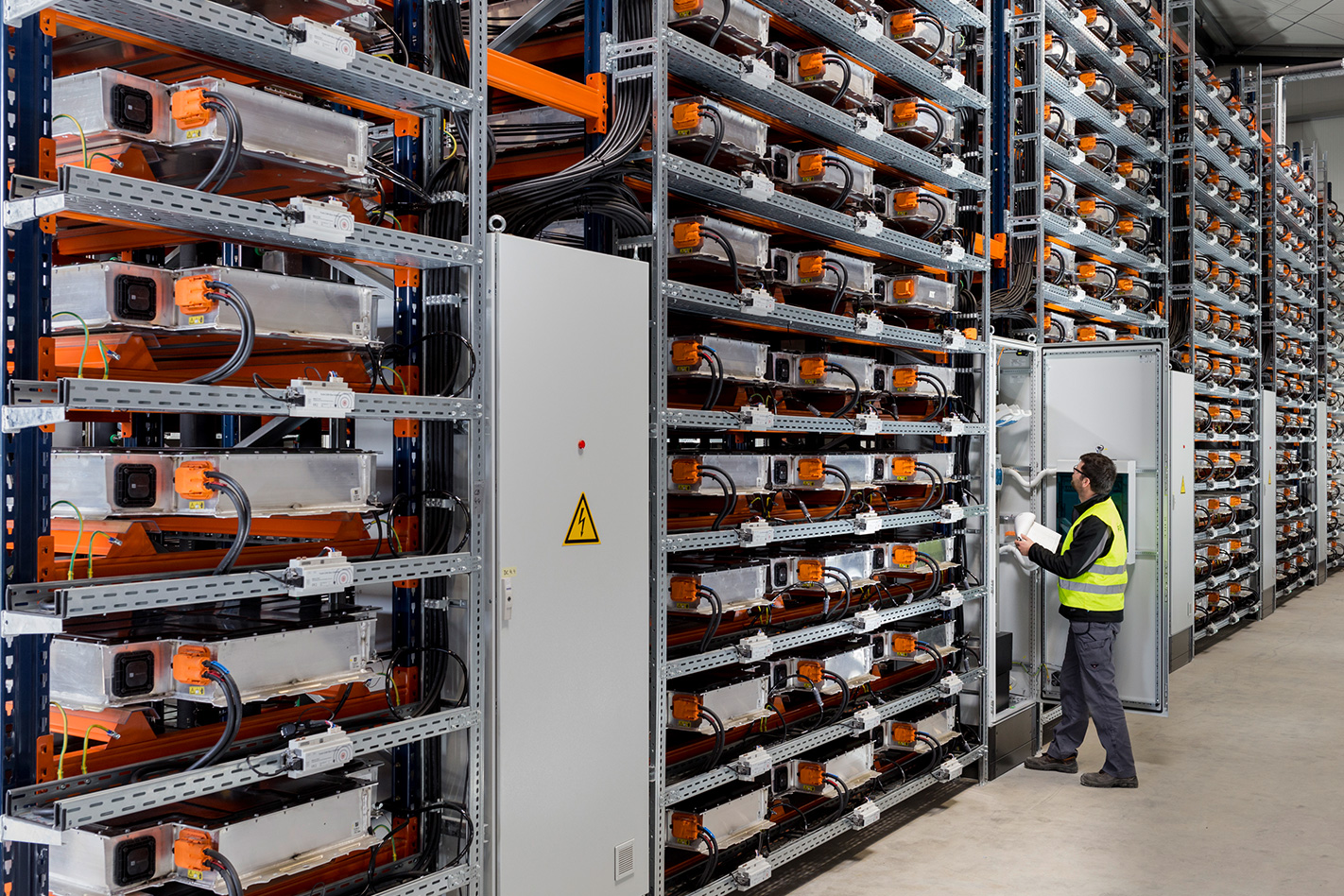
BMW execs and engineers sketched a remarkably detailed outline of their FAAR and CLAR EV strategy. The company plans to produce basic and premium versions of its battery packs, the latter with superior energy density to justify the greater cost.
The aim is to turn out packs with 120kWh (more than market leader Tesla offers today), 90kWh and 60kWh energy storage capacities. Driving ranges of up to 450km for the smallest and 700km for the largest packs are promised.
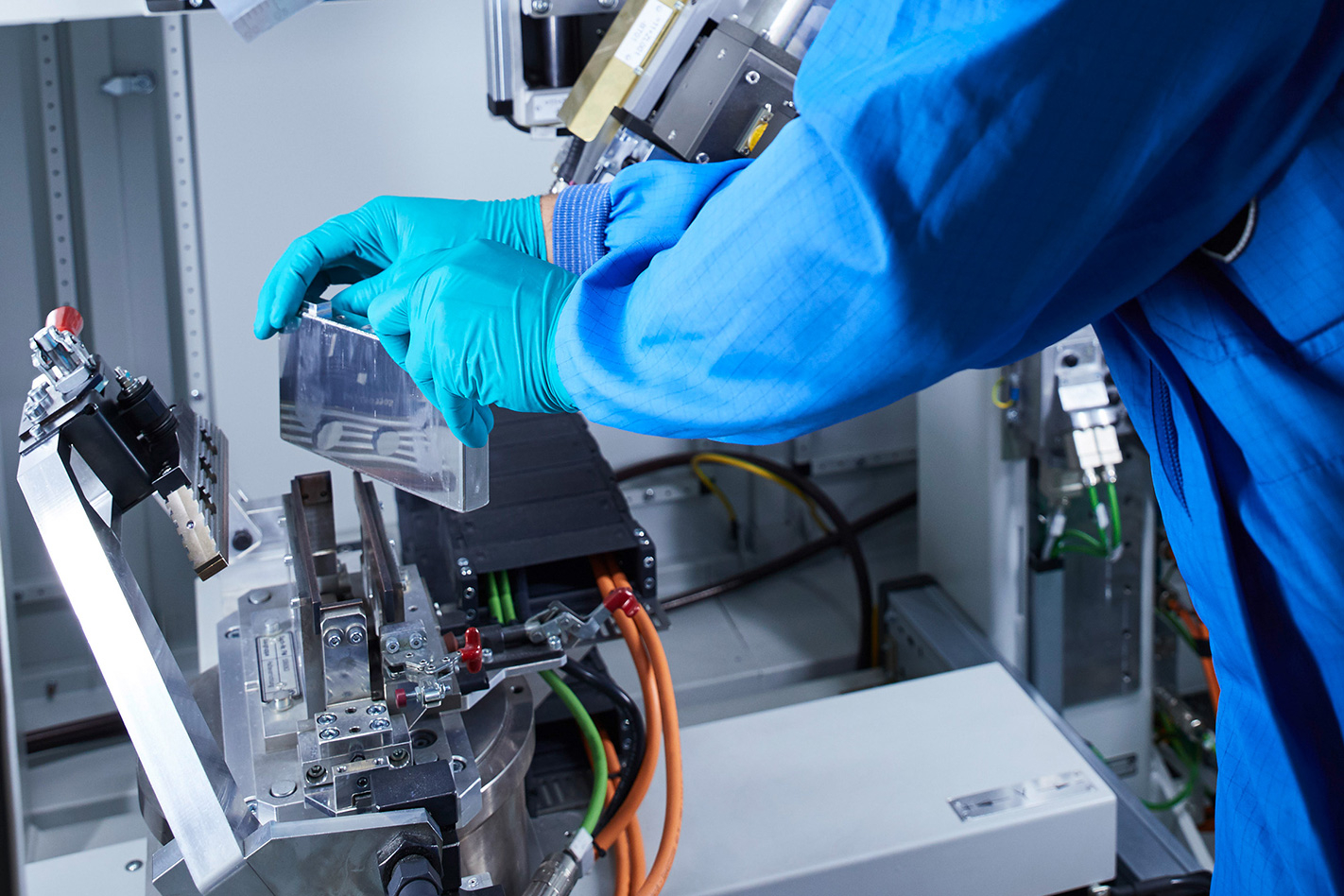
Engineers in Munich confirmed that the larger CLAR architecture is being designed to enable top models to have dual rear motors, for the purpose of torque vectoring, plus a front motor. And this adds up to one damned fast EV. Acceleration to 100km/h in around 3.0 seconds is possible with this set-up.
“If the market wants it, we are able to deliver that with this modular kit,” promised a BMW engineer.
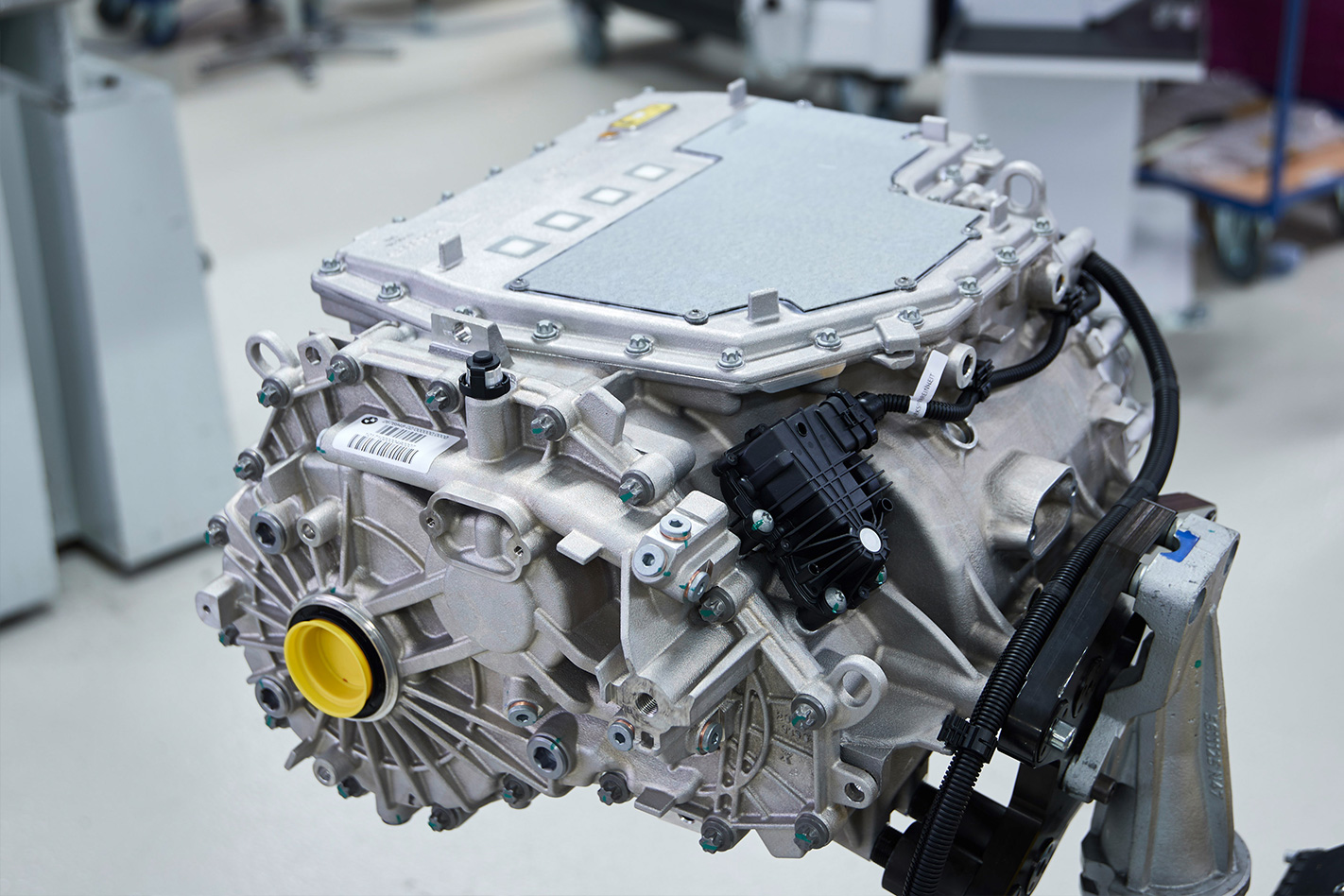
BMW manufactures its own electric motors, while most other car makers buy from outside suppliers. Engineers insist that its synchronous, current-excited motor makes BMW’s electric motors stand out from the rest.
“It delivers very high power also at high speeds, for example,” said one engineer.
There’s also plenty of potential to squeeze more power out of BMW’s motors without increasing size. And synchronous motors don’t need the expensive rare earths used in permanent-magnet motors either.
